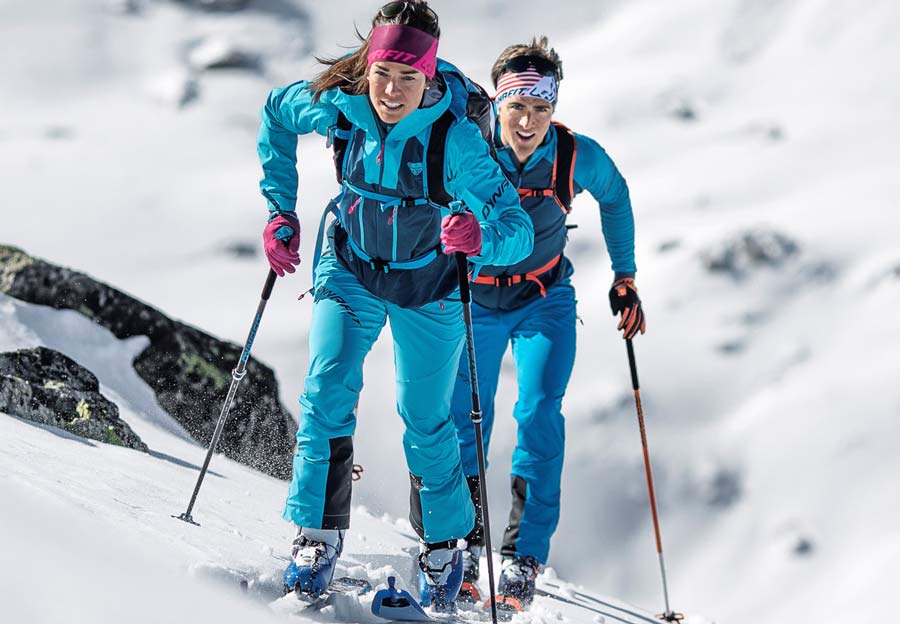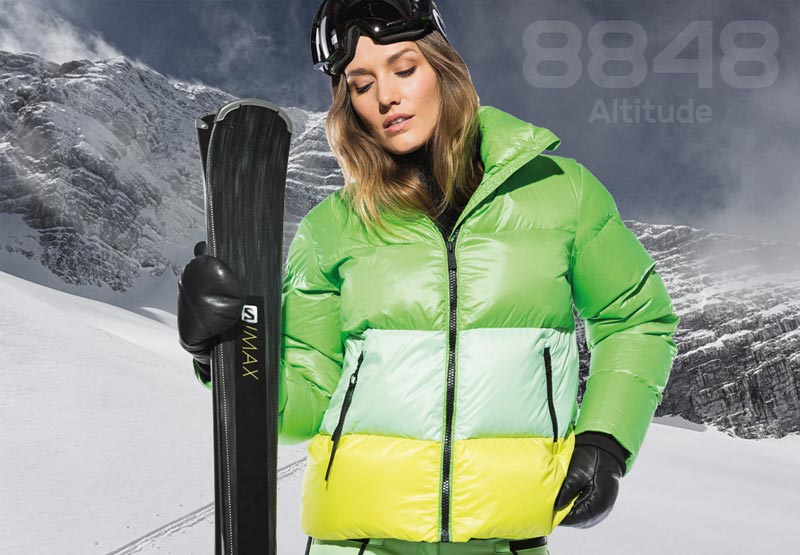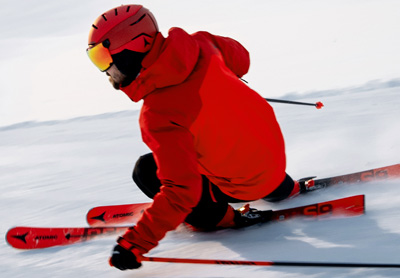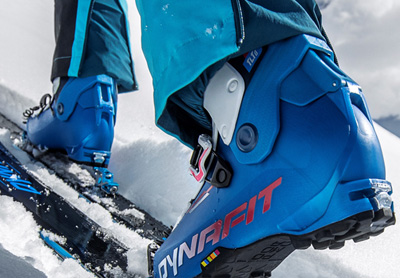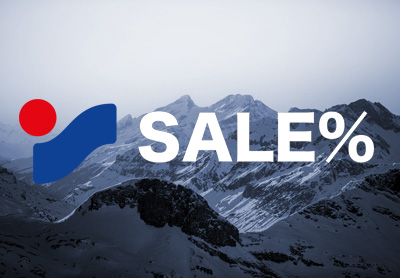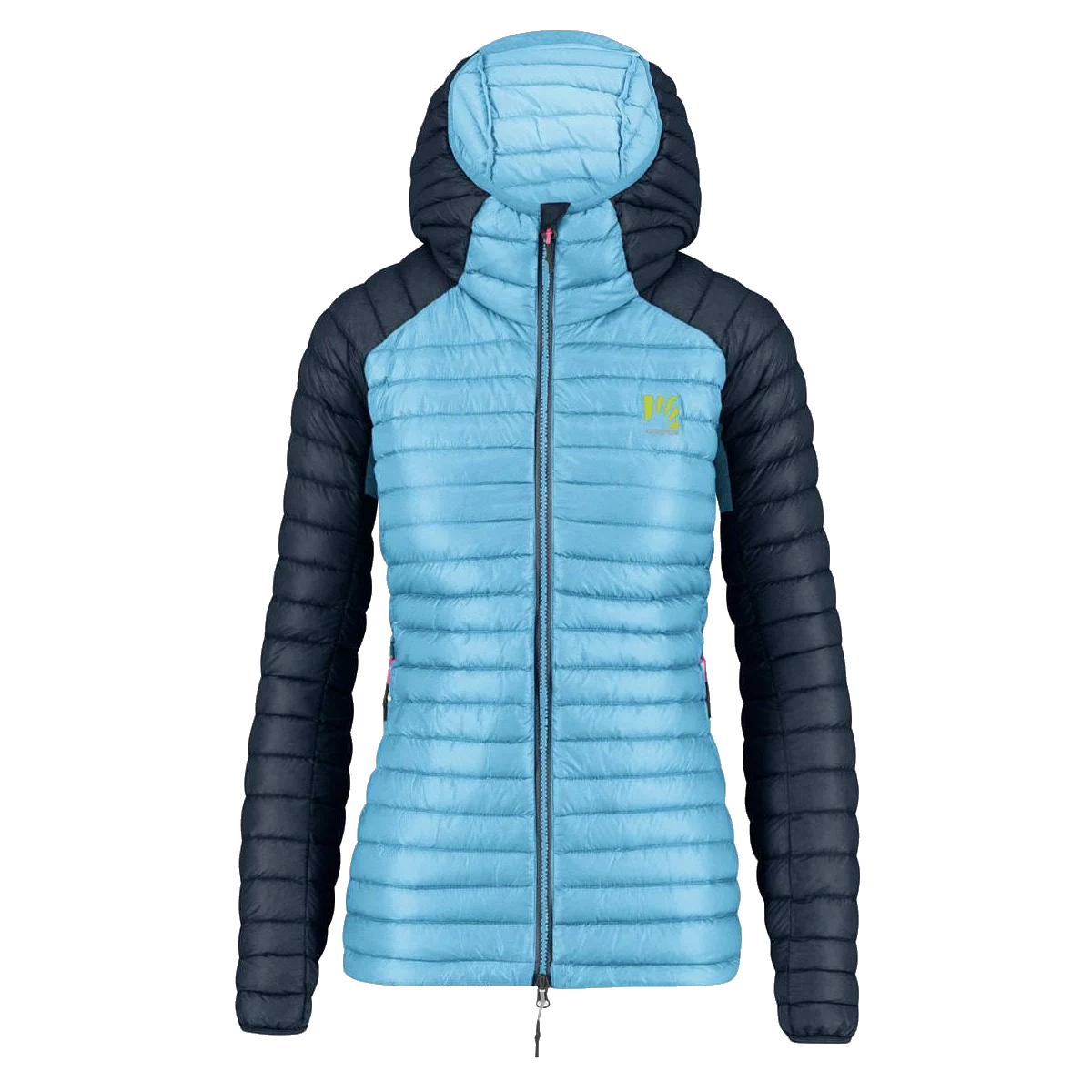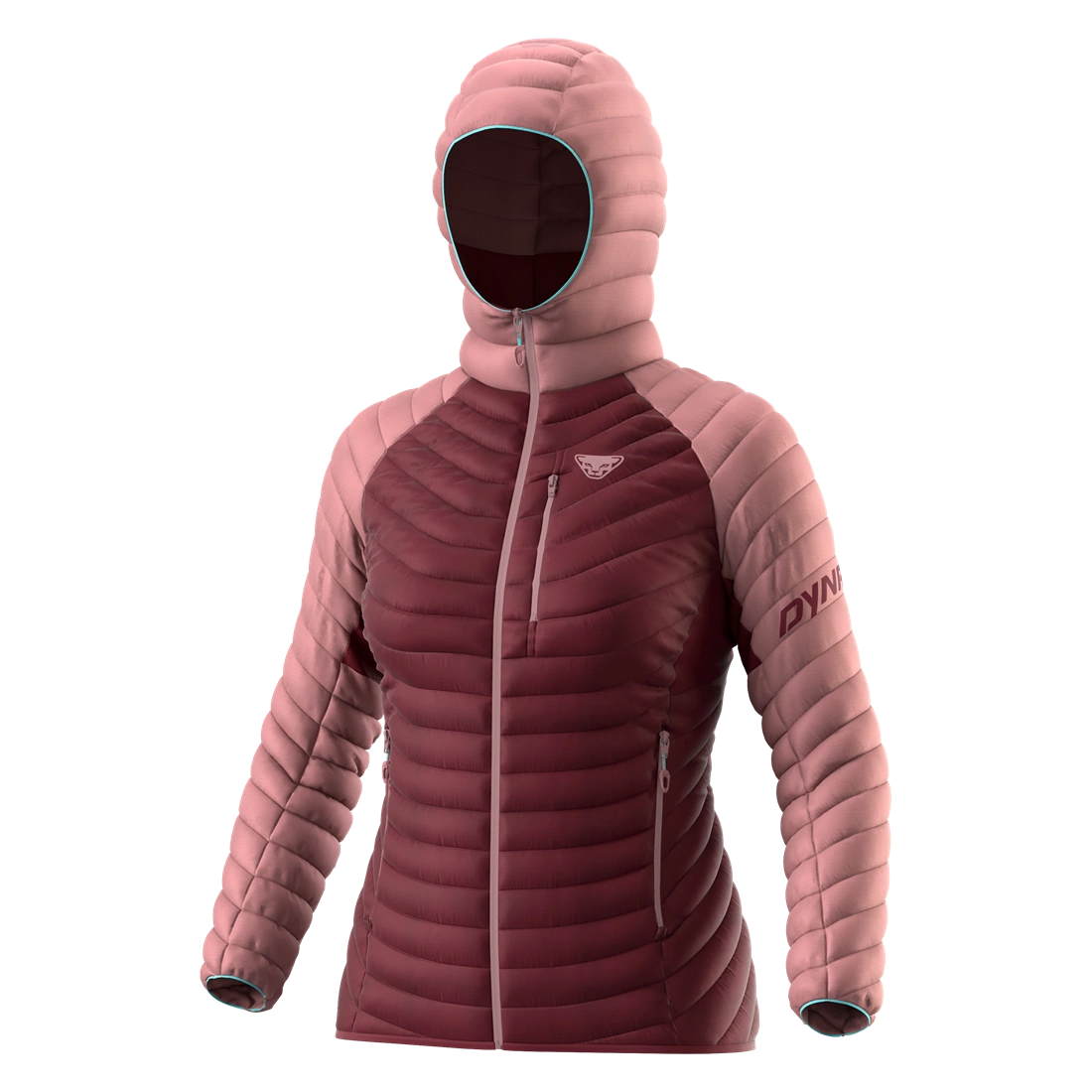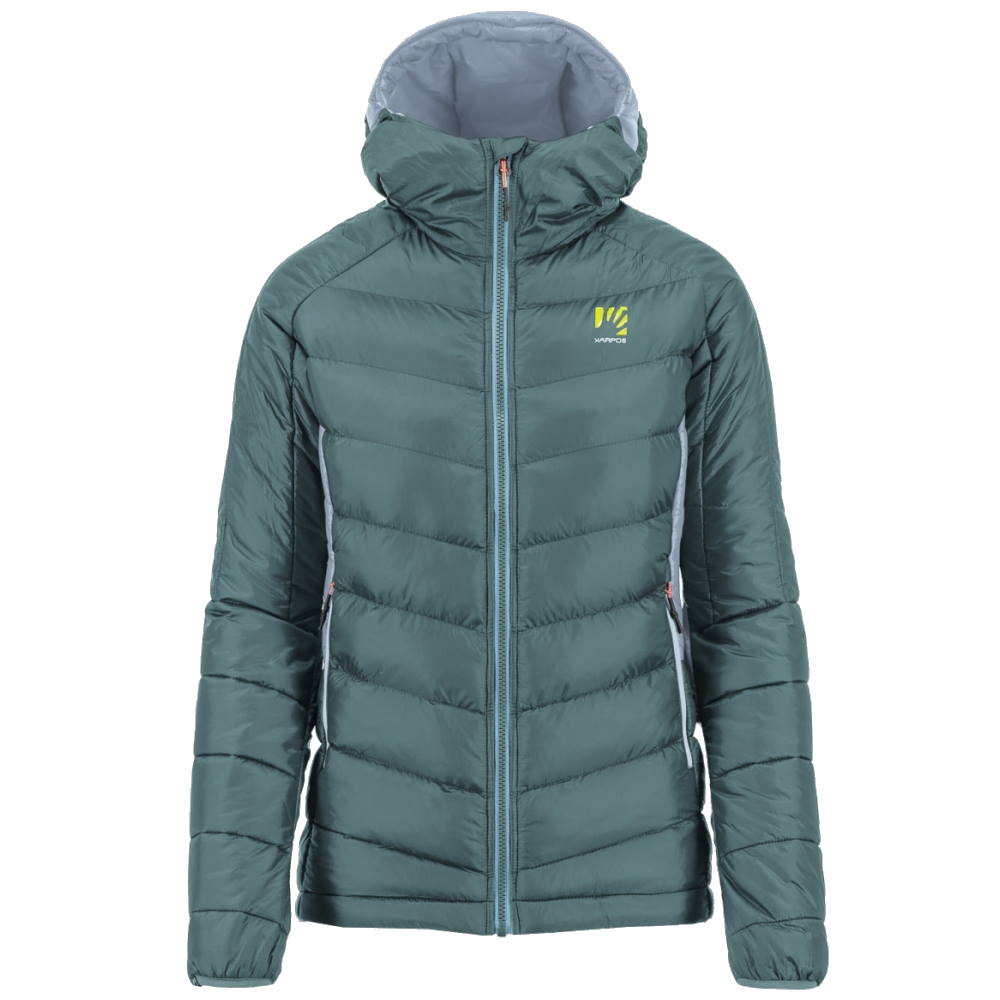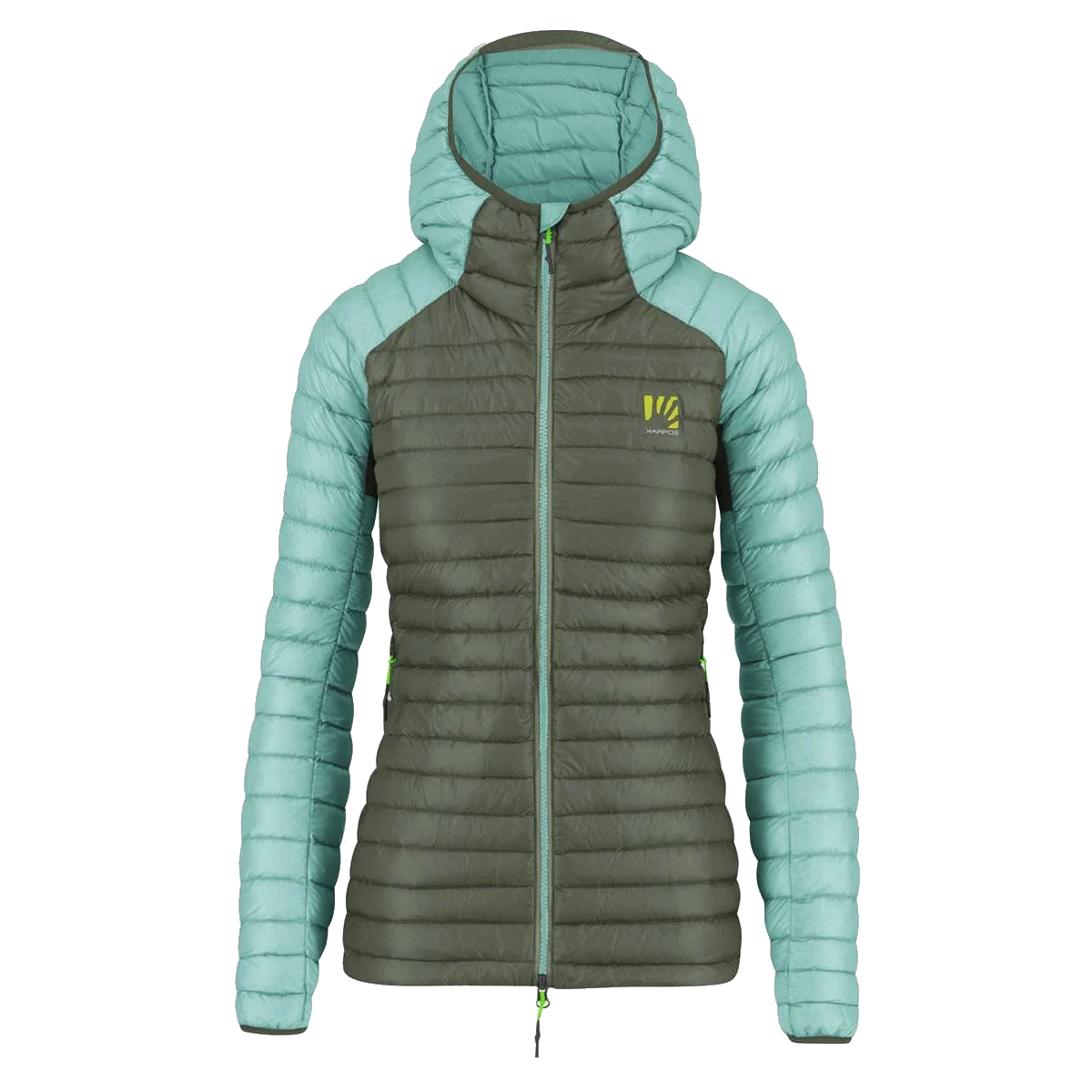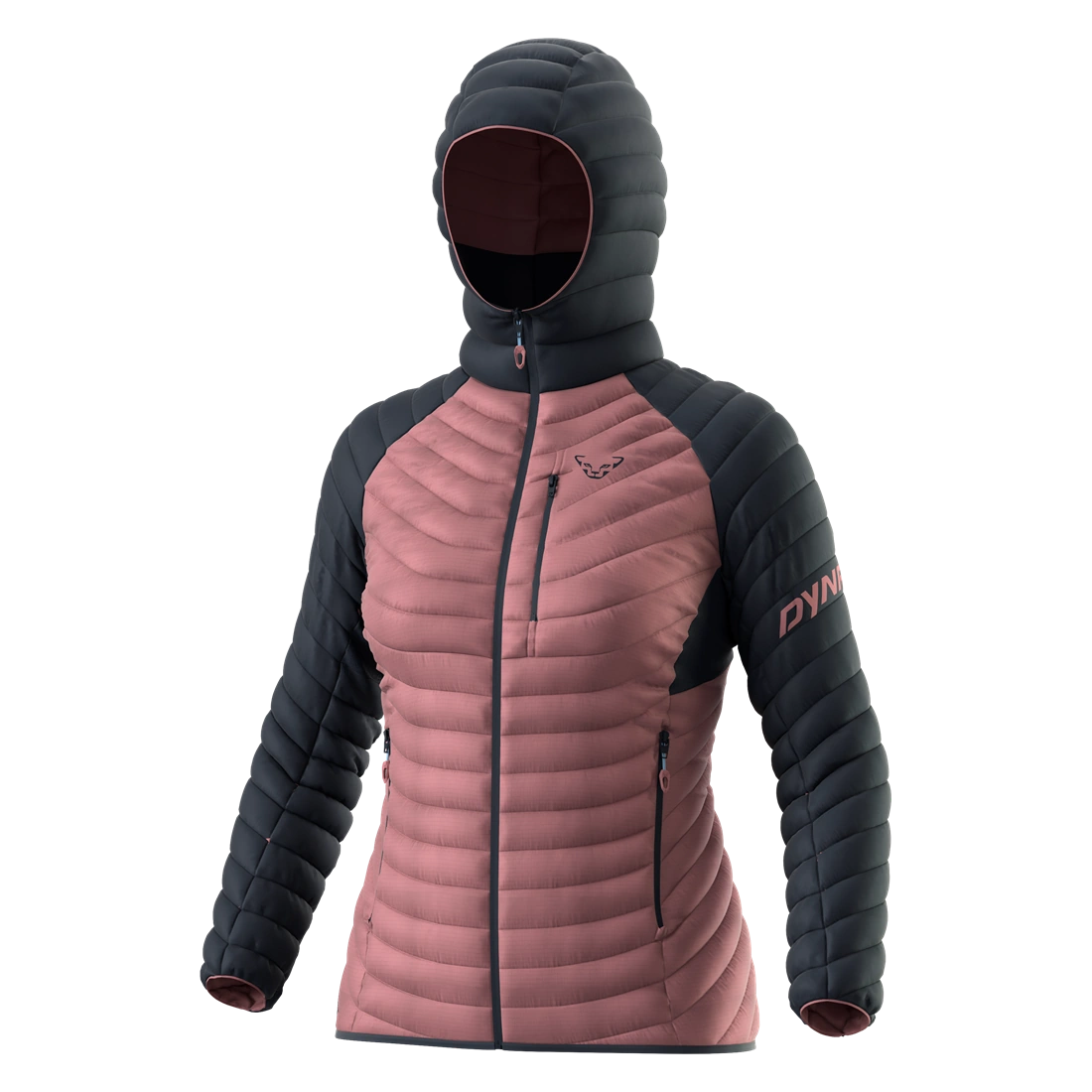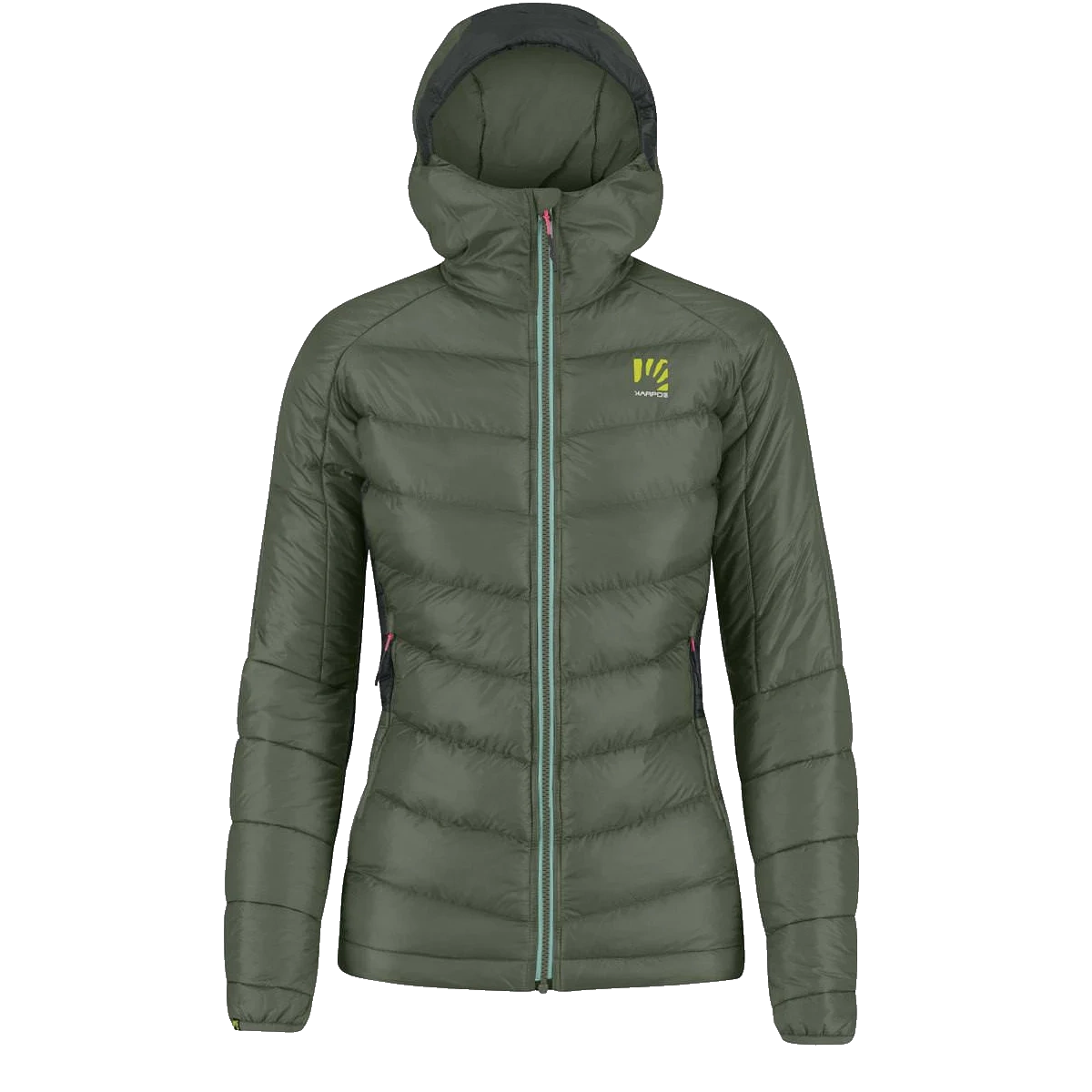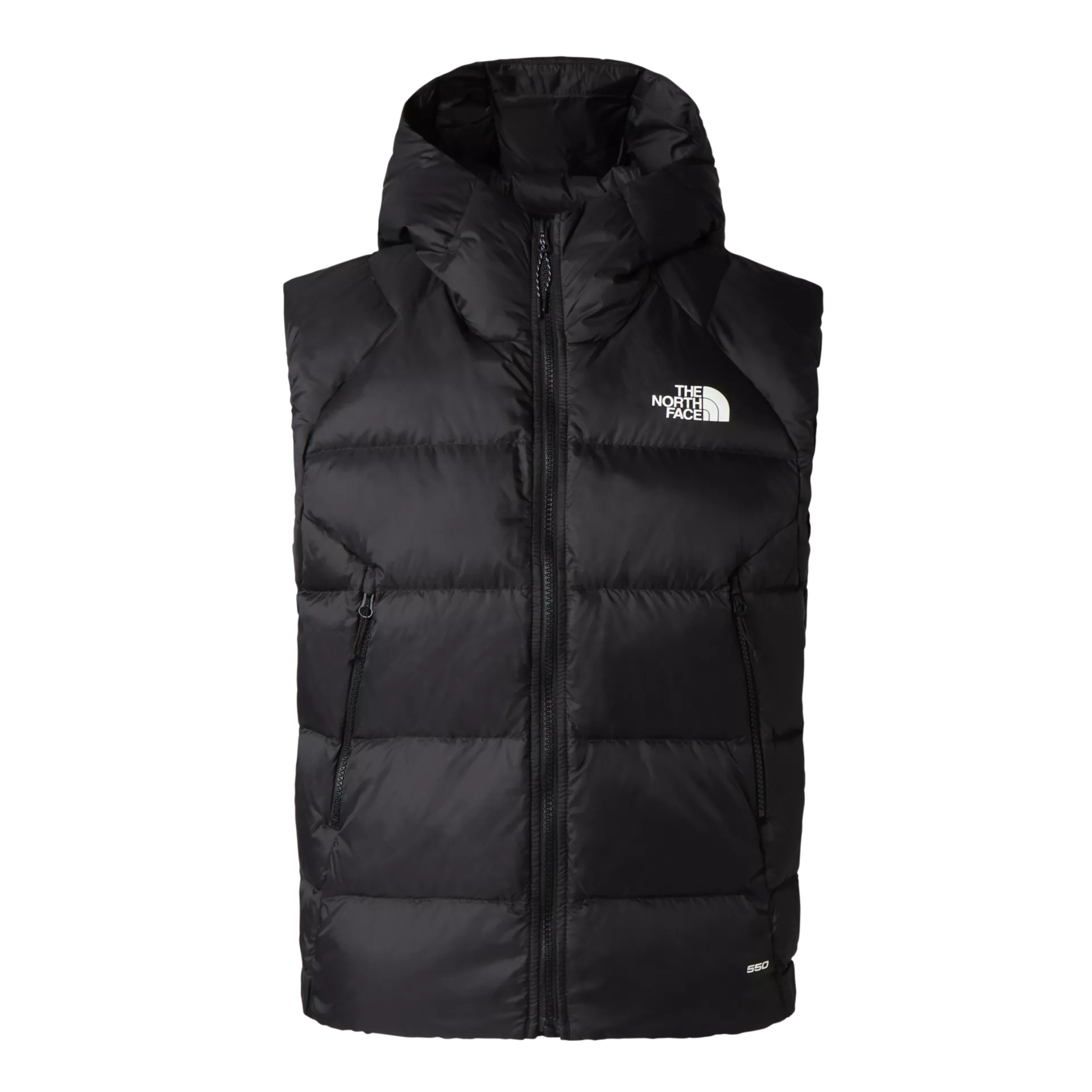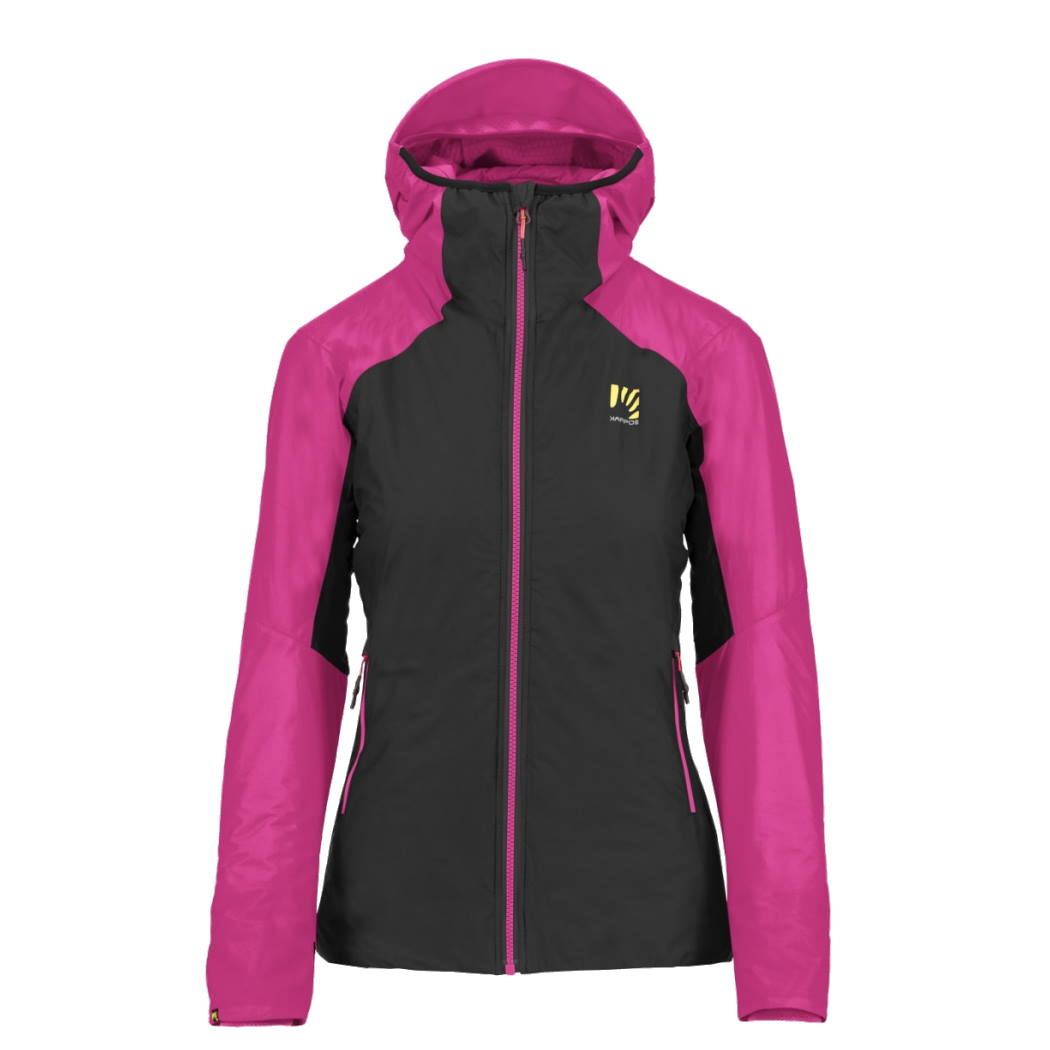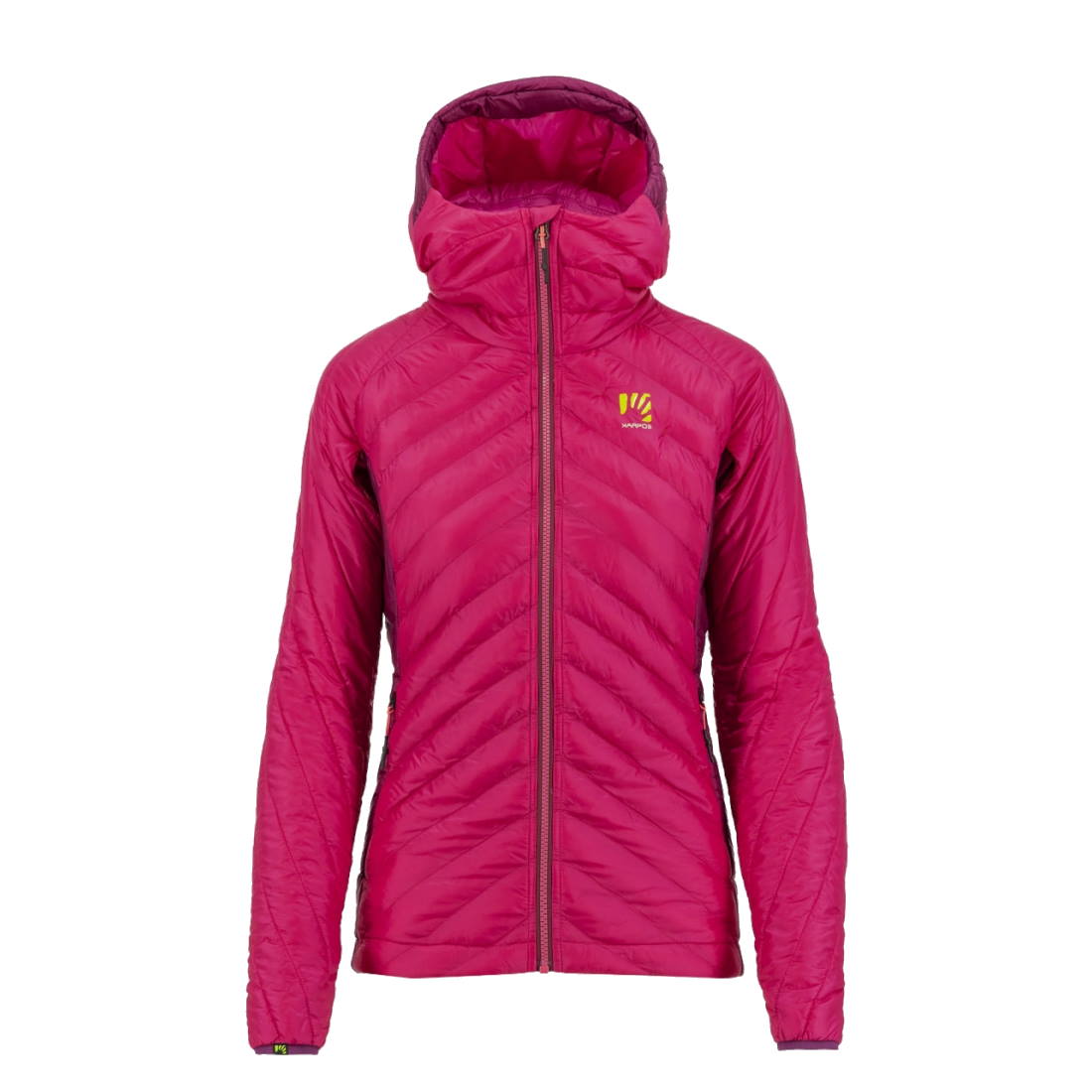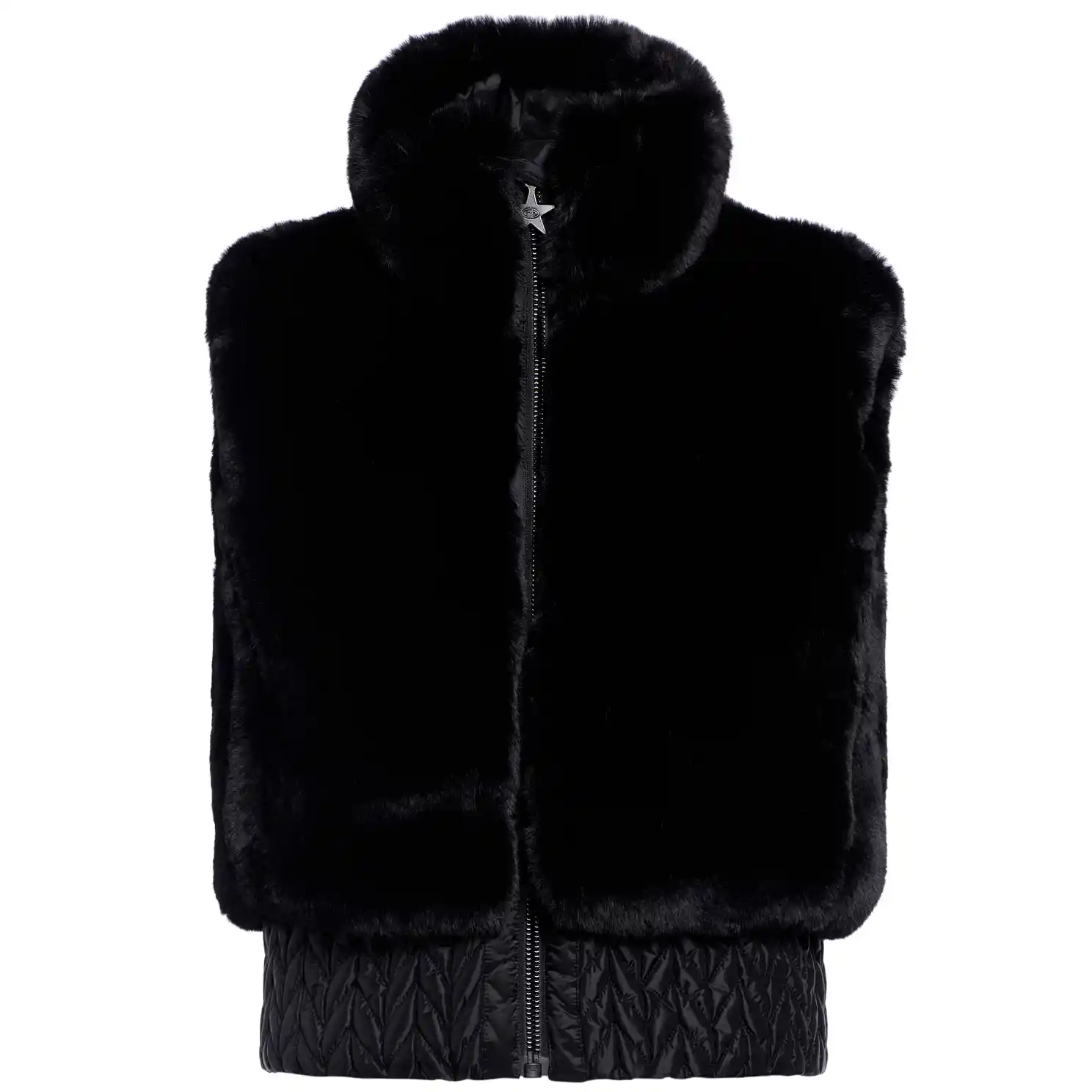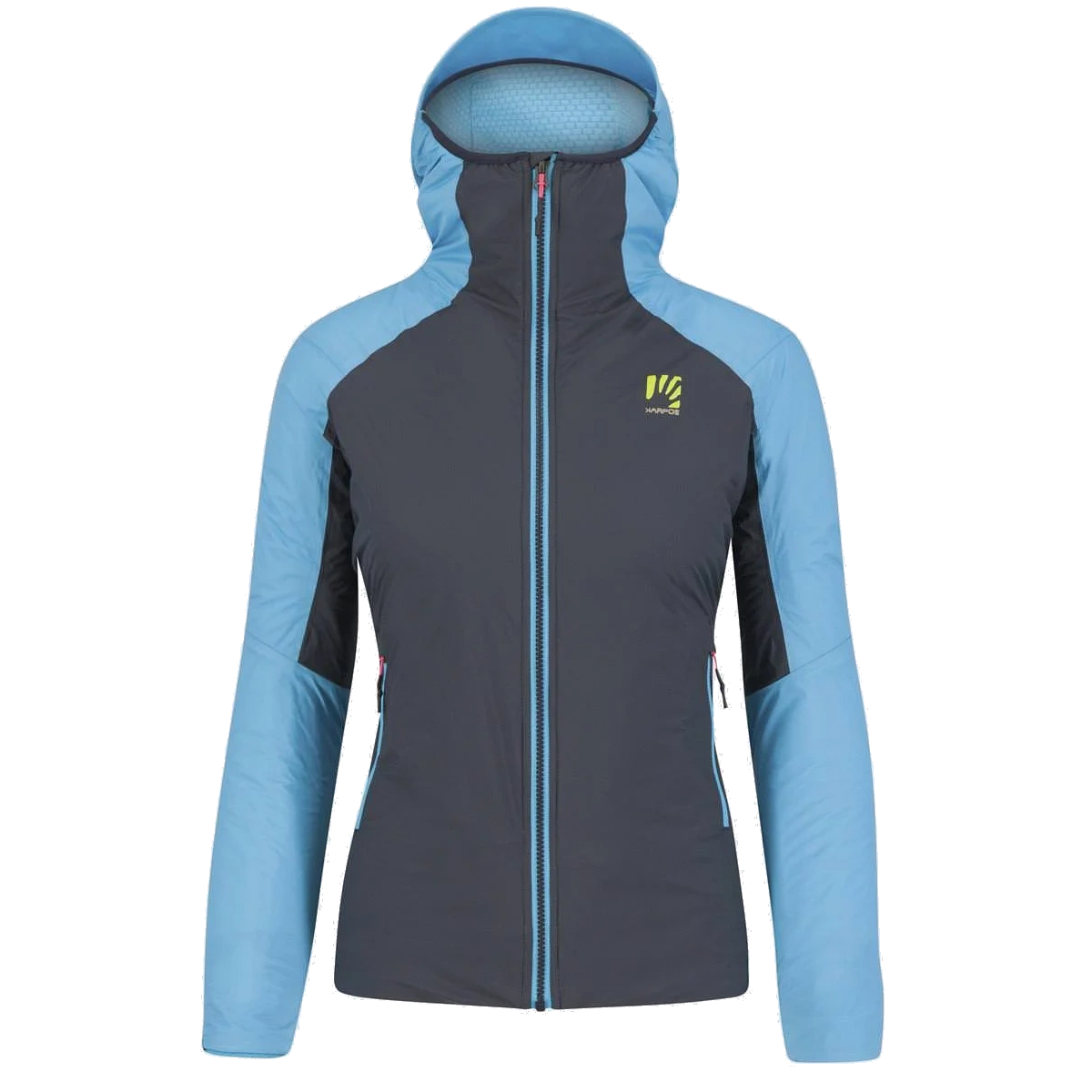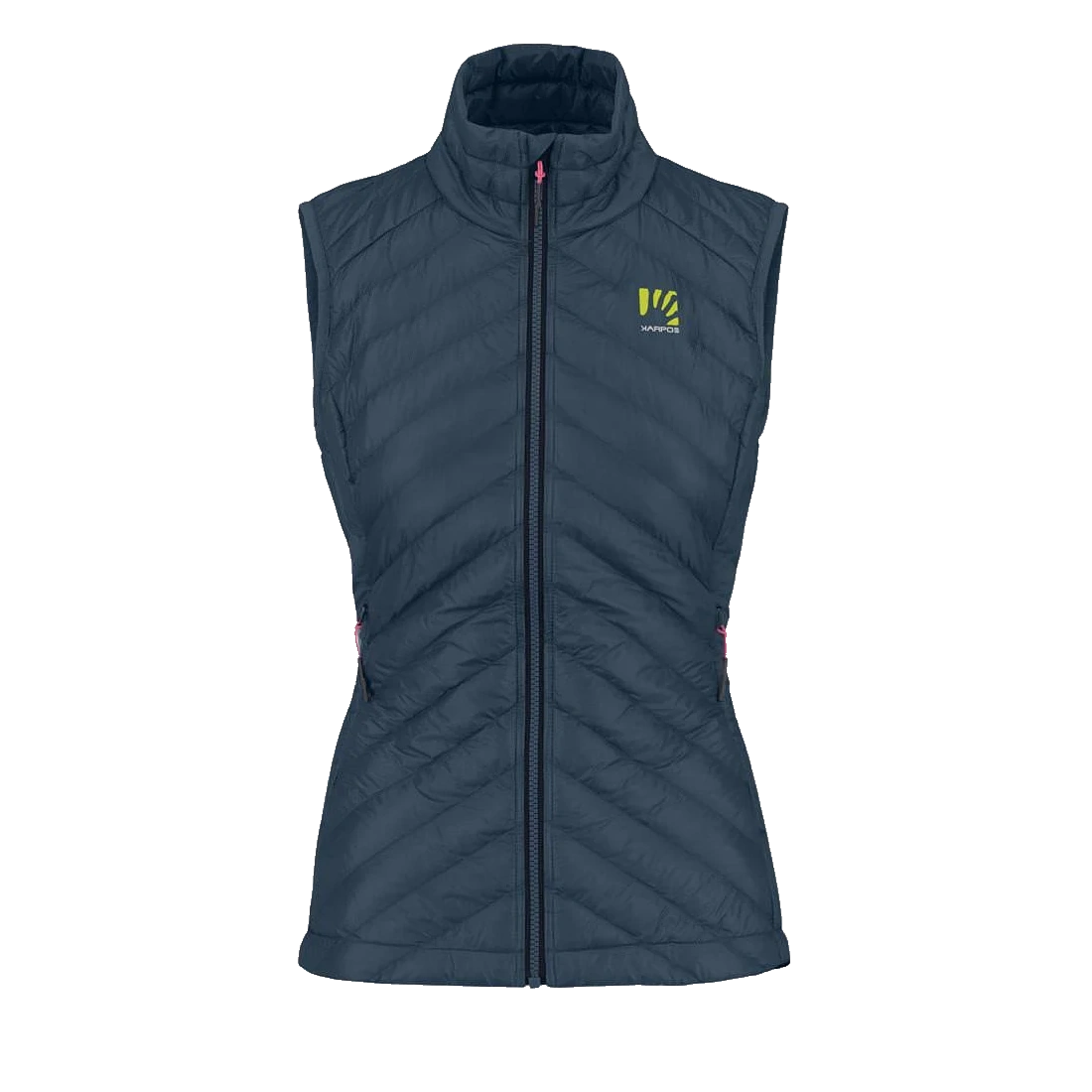
Tips for your ski touring clothing
The onion principle as a basis: Sun, shade, heat, cold, snowfall - conditions change quickly on a ski tour, so clothing must be adapted quickly.
The widely known onion principle means that several layers are worn on top of each other. You can adjust, omit or combine the individual layers depending on your needs, exertion, requirements and weather conditions.
Overall, the onion-shell principle consists of three/four layers: the baselayer, which is the clothing layer worn directly on the skin, the midlayer, a warming layer for insulation, and - last but not least - a hard, soft, or outer shell, which serves as the top layer for protection from the elements.
--------------------------------------------------
1. THE BASE LAYER FOR A DRY ASCENT
The baselayer is the layer of clothing that you wear directly on your skin.
First and foremost, this layer must be breathable and should fit closely to the body. Only then it transports moisture to the outside and ensures that your skin stays dry. If this does not happen, the sweat evaporates on the skin, which has a cooling effect. So if you stop, you will inevitably start to freeze.
In addition, the breathable layers you wear over the baselayer can no longer perform their full function. Whether you want the baselayer to be very thin or warming, whether you choose merino wool or polyester depends on your body and the ambient temperature.
MountainShop Tip: Merino wool is a natural product, warming, breathable and has a high wearing comfort.
1. THE MIDLAYER - BEST ASCENT PROTECTION
Lightweight and functional ski touring clothing.
This layer includes windproof jackets and pants, as well as thermal clothing made of Polartec or Primaloft. These products must not only weigh as little as possible, but also be reliable and robust. To maintain body heat, clothing in this layer should have windproof and water-repellent properties to protect you from the different weather conditions that change very quickly in the mountains. Then clever details such as ventilation zippers, functional pocket systems are essential. This layer of clothing has the ability to protect you from the weather, but without blocking the drainage of sweat and perspiration.
3. INSULATION LAYER - EXTEND NICE BREAKS.
The next layer of clothing is all about warmth and nothing else.
It is worn over the midlayer and usually only put on at the summit when you want to enjoy the view and linger for a short while or prepare for the descent. If the lower layers are still dry, you can put the insulation layer directly over it. If you tend to sweat a lot, a T-shirt change at the summit is a good idea before slipping into the insulation layer. If you tend to freeze quickly, a thick down jacket is recommended as a thermal layer.
In terms of material, you can choose between down, synthetic fibers such as Primaloft or fleece and wool for the thermal layer. Wool has the advantage that it warms even when wet, down has maximum thermal performance compared to weight, and Primaloft warms without much volume. There are also insulation layers for the hip region or legs in the form of a skirt or short Primaloft pants.
MountainShop Tip: It is important to change your hat after exertion and - especially if you are very sensitive to cold - put on warm gloves.
4. THE SHELL-PROTECTION FOR THE DESCENT
The top layer should protect against wind and weather.
The fourth, top layer is usually a hard, soft or outershell jacket. For the majority of tours, a water- and wind-repellent jacket that is also more breathable than a classic hardshell will also suffice. A multifunctional and good softshell jacket that can also be worn on the ascent is just as suitable for the descent in good weather conditions, saving you one more garment in your backpack. Various features such as vents or zippers provide even more draft and make the garments versatile.

